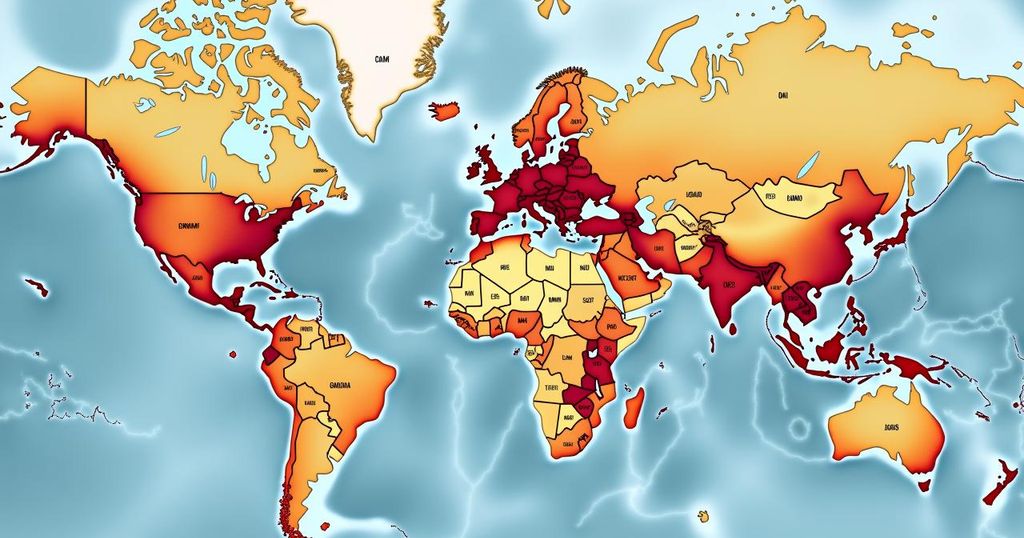Understanding Global Earthquake Casualty Risks Through New Metrics
A new metric called Earthquake Fatality Load (EQFL) identifies Ecuador, Lebanon, Haiti, Turkmenistan, and Portugal as the top five countries at risk for high casualties from earthquakes based on population ratios. This metric emphasizes the influence of population size, tectonic activity, and disaster readiness on potential fatalities. The study indicates a decreasing trend in earthquake-related deaths over time, suggesting improvements in emergency response and infrastructure. However, the EQFL ranking is dynamic, potentially shifting with new seismic events or advances in preparedness measures.
A recent study introduces a new metric known as Earthquake Fatality Load (EQFL), aimed at better understanding the disproportionate impact of earthquakes on various countries. The metric considers the ratio of earthquake-related fatalities to a country’s population at the time of an earthquake, thus providing insight into the potential loss of life in the event of future quakes. Despite wide-ranging seismic activity around the globe, certain nations face a significantly higher risk of casualties. In analyzing earthquake data over the past 500 years, the study identifies Ecuador, Lebanon, Haiti, Turkmenistan, and Portugal as the countries with the highest EQFL, highlighting their vulnerability to severe human loss in the wake of seismic events. Factors such as population size, tectonic setting, and a country’s disaster preparedness contribute to the EQFL ranking. For instance, while China has experienced the highest number of earthquake fatalities historically, its large population diminishes its EQFL ranking. Furthermore, the study notes that advancements in disaster response capabilities and construction practices have led to a decline in fatalities across various nations over time. Importantly, the EQFL is not a static measure; it may change as new data emerges or as countries enhance their earthquake resilience. Ultimately, the research serves as a critical tool for raising awareness and encouraging investment in earthquake readiness in vulnerable regions.
The research presented in the study reflects ongoing efforts to assess earthquake risk more accurately. Given the diversity of seismic environments and varying levels of preparedness across nations, understanding how fatalities relate to population size and risk factors is essential for disaster response planning. The development of the EQFL metric is particularly timely, as it provides a nuanced view of earthquake risk that goes beyond mere frequency, capturing the potential societal impacts of seismicity on smaller nations. This approach allows for targeted interventions and policy initiatives aimed at mitigating loss of life in these areas.
The introduction of the Earthquake Fatality Load (EQFL) metric offers a novel framework for understanding the human costs associated with earthquakes across different countries. By focusing on the ratio of deaths to population, researchers bring attention to the vulnerabilities of nations that may face disproportionate casualties during seismic events. The findings underscore the importance of addressing factors such as disaster readiness and infrastructure resilience, advocating for proactive measures that could ultimately save lives in high-risk regions.
Original Source: temblor.net




Post Comment